BLOG

By Mary M. Kreitz
•
September 12, 2025
It seems to be happening all the time – school shootings, violent attacks at public events, celebrities and public figures being attacked or even killed. When things like this happen, it usually shows up on the television and the internet, people post about it on social media, and people talk about it with others around them. Children and adolescents find out, and they may come to you wanting to talk or to ask you questions. How should you handle it? These are difficult but important conversations to have. Here are some tips for talking with children and teens about violent events.

By Melissa Coultas
•
June 30, 2025
For 50 years, we have stood shoulder to shoulder with Stark County’s children and families, helping them grow, heal and thrive through every challenge. Child and Adolescent Behavioral Health (C&A) is a leading nonprofit here in Stark County, but many are unaware of the significant number of lives we touch every day. We are working to change that and find people in the community ready to help us build the next 50 years of hope for Stark County youth. We serve more than 4,000 kids each year by providing mental health services: a person to talk to, a mentor to help them grow, a place where kids with trauma can go to school and a place to hear a voice of reason where no one is turned away because of income.

By Daniel Mucci
•
May 19, 2025
CANTON, Ohio (May 19) – Child and Adolescent Behavioral Health (C&A) has been awarded more than $217,000 in new grant funding from six community-focused foundations and agencies to enhance service delivery, support families, and improve internal operations across Stark County. The grants—awarded by the Health Foundation of Greater Massillon, Massillon Rotary Foundation, North Canton Medical Foundation, United Way of Greater Stark County, the SummerTime Kids program, and the Roy H. Powell and Nina B. Powell Family Charitable Fund—reflect continued community investment in C&A’s mission and momentum. “These contributions help us strengthen the systems that support the mental health of our community’s youth,” said Melissa Coultas, CEO of Child and Adolescent Behavioral Health. “They ensure our team is equipped, our services remain accessible, and our families feel supported.”
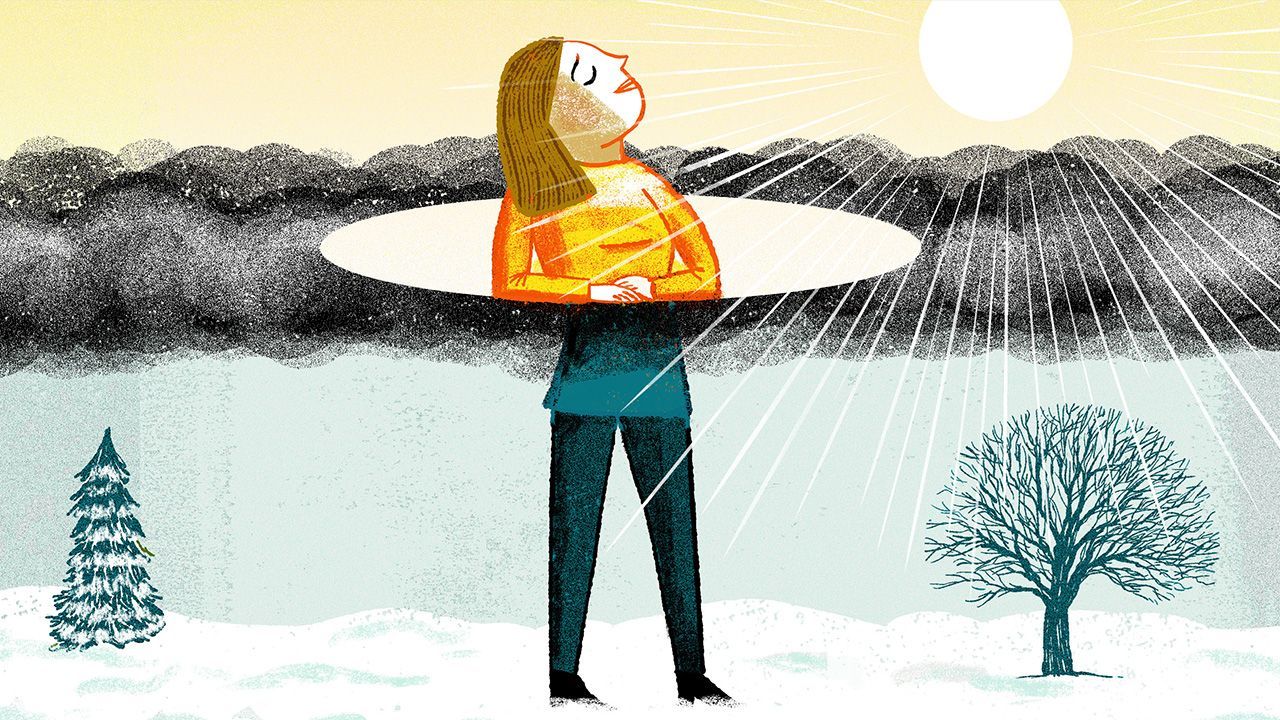
By Mary M. Kreitz
•
November 21, 2024
For many people changes in the seasons also bring changes in mood, energy, sleep, weight and appetite. Some researchers have found that as many as 90% of people report noticing these types of changes in themselves. However, for some people, the changes are so intense that they interfere with the person’s ability to function in their daily life. Seasonal Affective Disorder or SAD is a type of clinical depression that occurs with a consistent seasonal pattern. The symptoms of SAD are the same as those for other depressive disorders; what is different is that the symptoms begin every year around the same time, last for several months, and then go away for the rest of the year. The most common form of SAD is what is known as winter-pattern SAD in which depressive symptoms start in the fall or early winter and end in the spring. Another less common form is known as summer-pattern SAD and is associated with depressive symptoms that occur during the spring and summer months and improve in the fall.

By Mary M. Kreitz
•
November 6, 2024
The 2024 election has brought a lot of fear and stress into the lives of people throughout the country. A recent survey by the American Psychological Association found that 77% of adults in the US are worried about the future of the nation, 73% reported feeling stressed out about the economy and 69% reported feeling stressed about the presidential election. When adults are feeling this high of a level of stress, you can bet that children and adolescents are feeling it too.

By Daniel Mucci
•
October 1, 2024
Are you a trusted adult to your child or someone’s child in your life? What are the characteristics of a trusted adult? Trusted adults are viewed by children or adolescents as a safe figure that listens without judgment, agenda or expectation, but with the sole purpose of supporting and encouraging positivity within a young person’s life. Today’s youth identify a trusted adult as someone who is willing to listen and engage, rather than lecture and give orders. Young adults are interested in having open conversations about mental health, social media, bullying and sharing their own experiences.
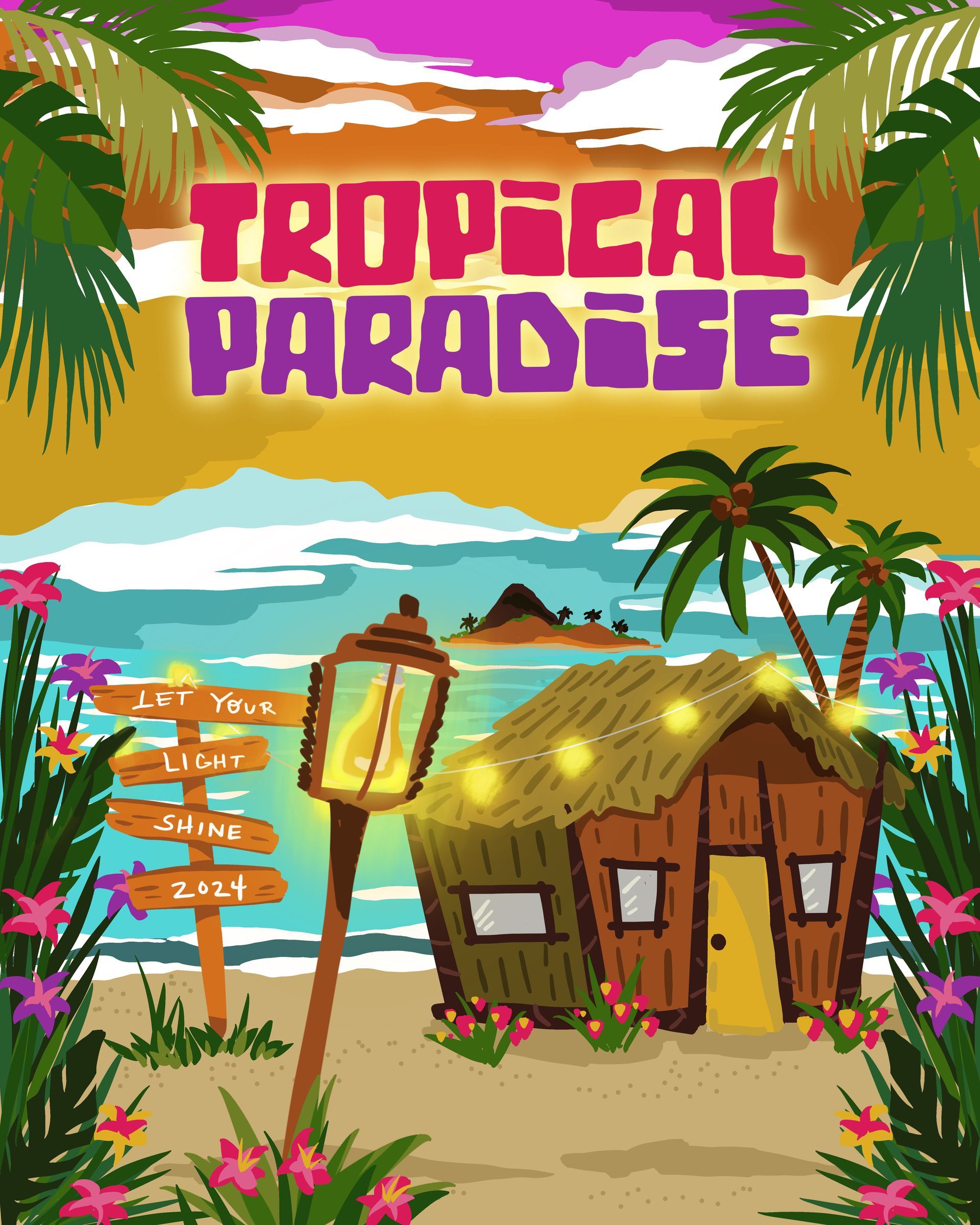
By Daniel Mucci
•
September 9, 2024
Child and Adolescent Behavioral Health’s (C&A) The Canton Repository Let Your Light Shine presented by the Massillon Eagles FOE #190 is Sept. 21 at the DoubleTree by Hilton, Canton, from 6-9 p.m. The 19th annual event supports the youth mental health programs and services C&A provides each year to our 4,100 clients.

By Mary M. Kreitz
•
June 18, 2024
You have probably heard the scary statistics. LGBTQ+ youth are at higher risk for serious mental health problems (such as anxiety and depression) than their non-LGBTQ+ peers. They’re more likely to consider suicide, more likely to attempt suicide and more likely to engage in non-suicidal self-harm.

By Dr. Robert Willoughby
•
June 4, 2024
Hope and hopelessness play a large role in the phenomenon of suicide and depression including that of children and adolescents (Liu, et al., 2021). On the positive side I am always reminded of the use of hope to overcome hopelessness in stories reminiscent of a hero’s journey. Stories, where in the face of insurmountable odds, one digs in deep to find themselves, their own hope, and the hope of others joining together to help whilst overcoming trials and tribulations (Campbell, 2011).
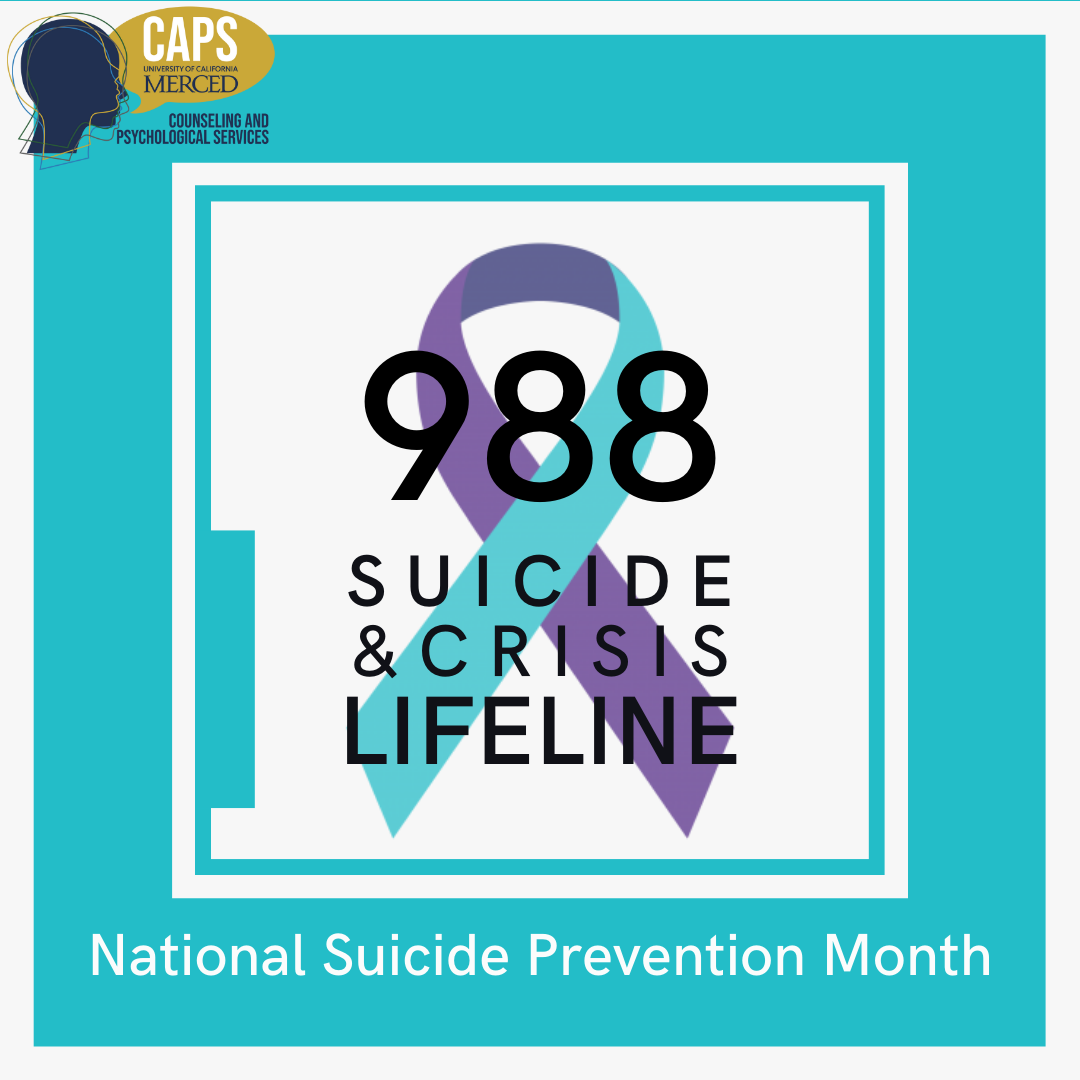
By Dan Mucci
•
May 16, 2024
Suicidal ideation is on the rise nationwide, especially among teenagers and college-age students. Post COVID, adolescents are struggling to handle a variety of situations and have limited coping skills to help them through the challenges. One of the biggest challenges is loneliness.
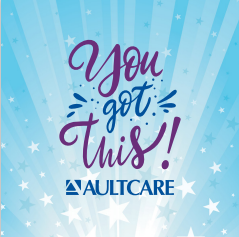
By Dan Mucci
•
April 16, 2024
The sixth annual Stark County Schools Mental Health Awareness Week is May 6-10 Child and Adolescent Behavioral Health (C&A), CommQuest Services and Pathway Caring for Children will partner to bring positive mental health awareness to more than 53,000 students and 7,000 support and administrative staff in all 18 Stark County School districts.
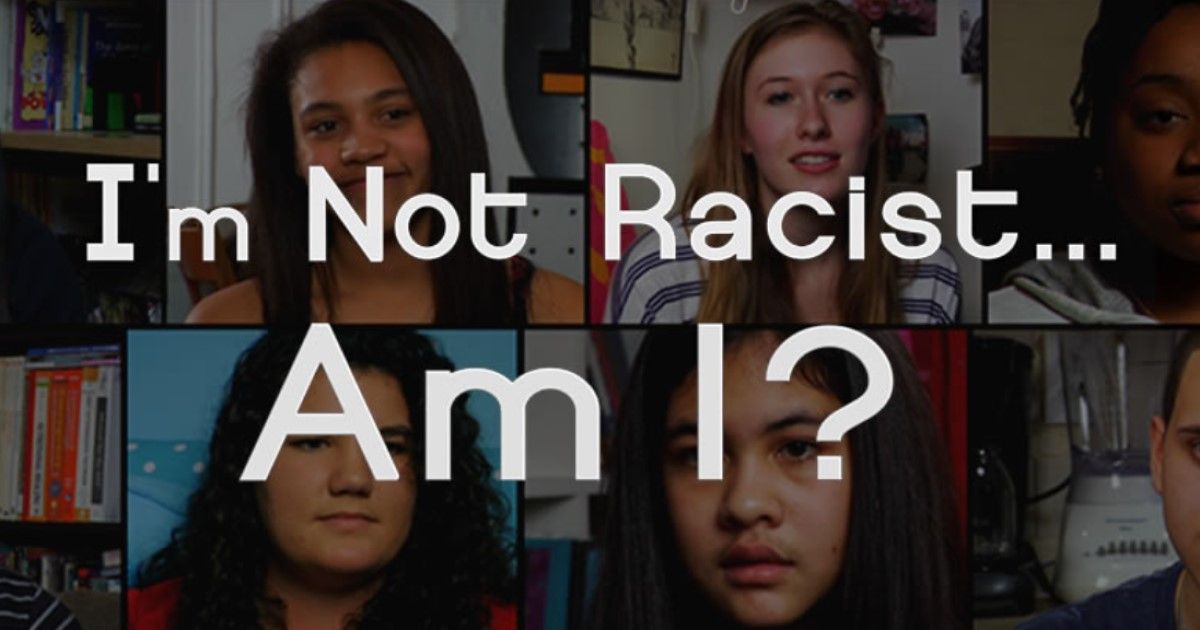
By Chris Alpert
•
November 16, 2023
In the film, I’m Not Racist… Am I? as introduced and explored in first of this three-part blog post series, the participants engaged in multiple workshops that address race and racism. Interpersonally, the group of students grapple with their own differences and similarities, which impact the content and emotions they share with each other. There are several moments in the film that demonstrate the clear differences in the participants’ understanding of race. In the first workshop, the students were exposed to the idea that all white people are inherently racist seeing as American society was founded on principles meant to support white people (see more on structural racism here, here, and here for further understanding). Several white students in the film became emotional during that workshop. Most students remained quiet. Following this workshop, a black student and a white student were filmed independently of each other in their own homes and discussed the workshop and what they learned with their families. The white student discussed the differences between structural racism and bigotry with her mother and struggled to identify with the principles taught in the training. The black student stated to his mother how almost everything spoken in that workshop applied to him. The student further discussed his feelings by stating how overt racism is and yet how “subliminal” it is at the same time. How can something be so in your face and yet under your feet simultaneously? I immediately reflected on the dialectic of something being so clear and yet so vague. The film continued to grapple with student differences. At the beginning of the film, one white male student discussed with his mother how he feels that all individuals, if they apply themselves wholeheartedly, have the same chance of success regardless of their skin, gender, sexuality or other demographic factors. As a white man myself, I must confess that when I was in high school, I had the same mindset. How could it be different? Especially when I was reading mythic bootstrap literature in high school classes. Sure, the harder you work the more you deserve, but that statement does not work for all Americans. I had not accounted for racial factors that inhibit the growth of others, not to mention socio-economic factors, nationalities, citizenship status, gender and age. I continued to reflect on these statements and connected them to my experience in high school in New York City. In the wake of the Black Lives Matter movement responding to the murder of George Floyd, multiple private progressive schools in New York, including the one I went to, suffered scrutiny from students and alumni who identify as black, indigenous people of color (BIPOC). Multiple Instagram accounts surfaced with the handle “BLACK AT [school name].” I read the posts in 2020, and again before writing this post, and remembered feeling horrified knowing these acts of racism, bigotry and microaggressions happened all around me. This was subliminal to me, yet overt to others.



